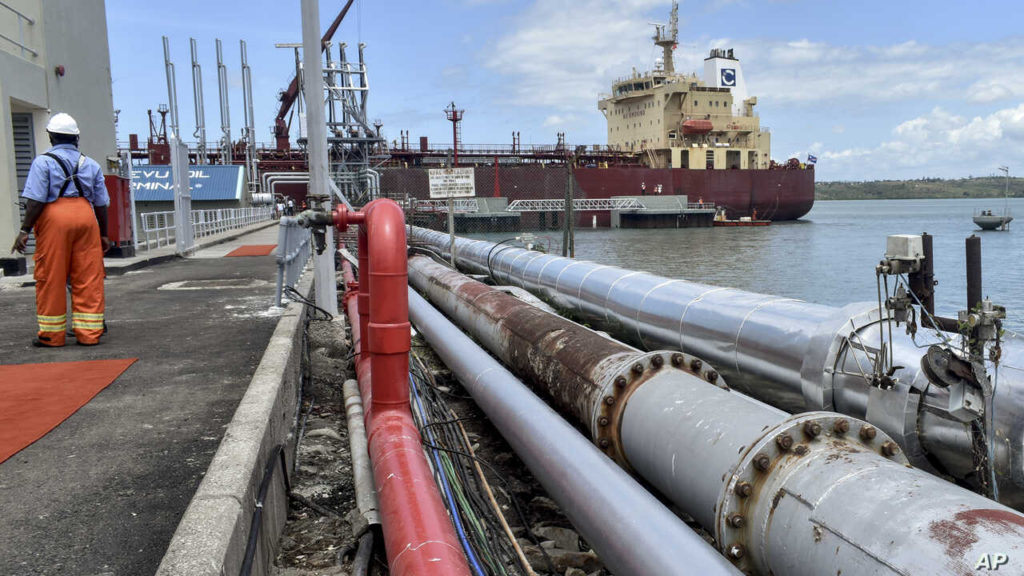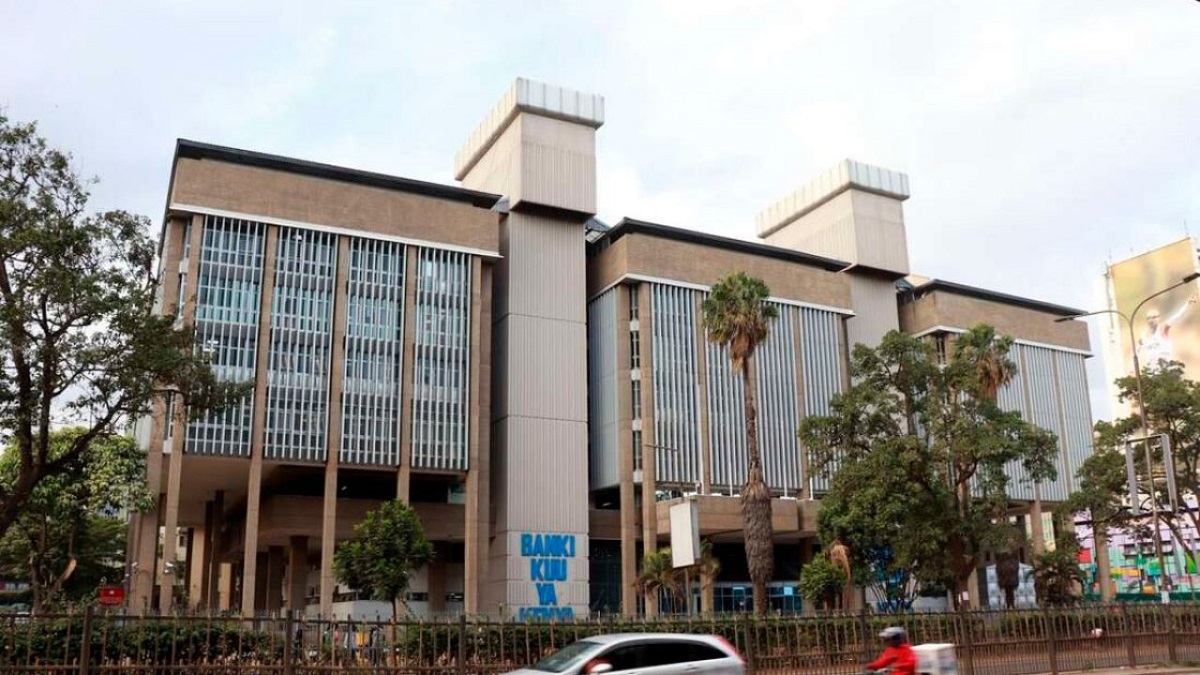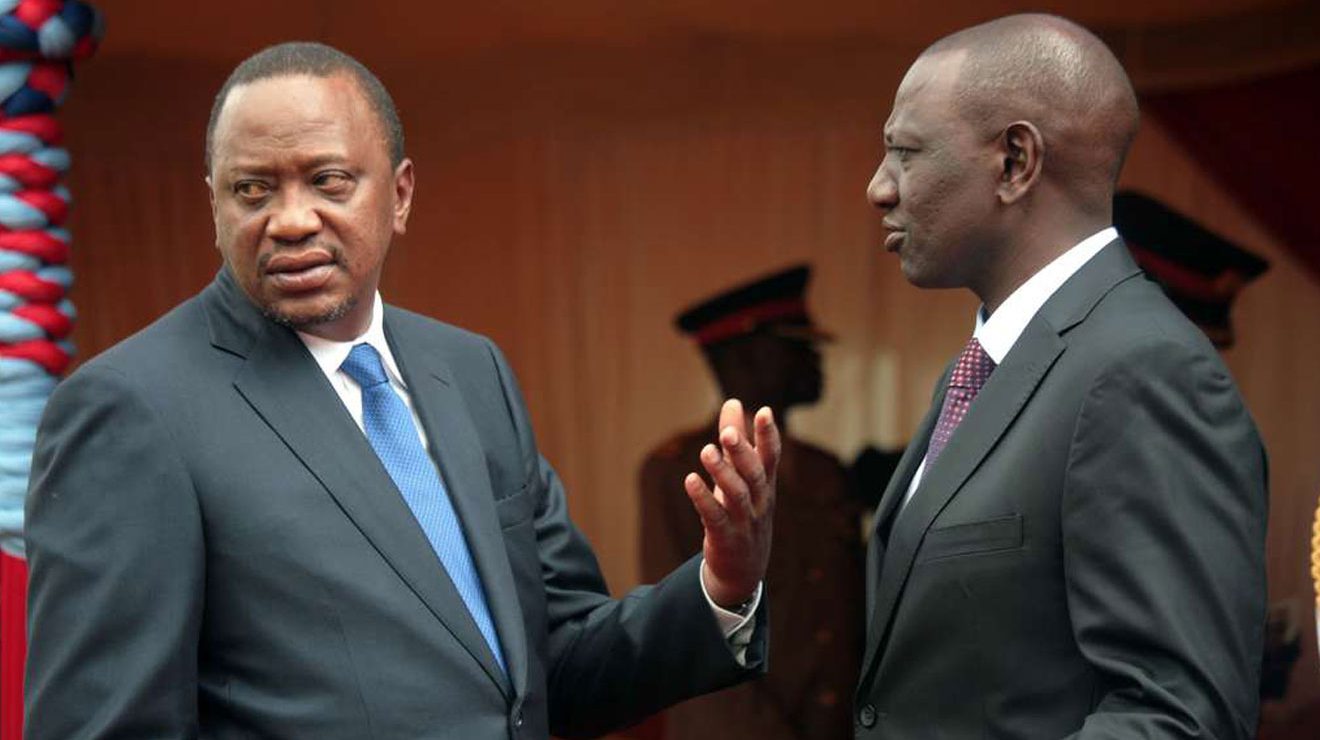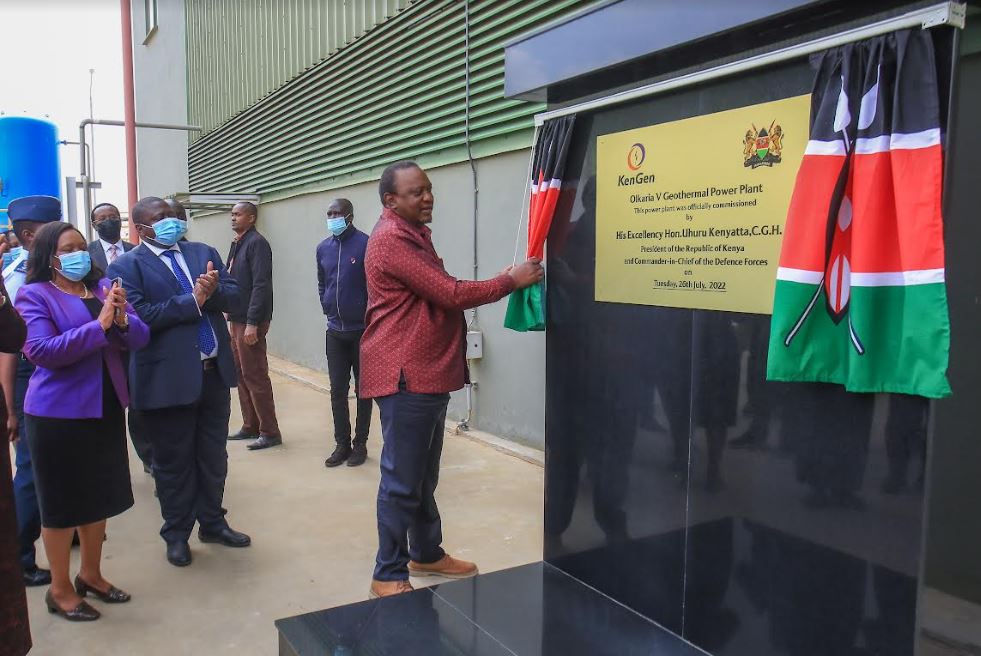President Uhuru Kenyatta is scheduled to inspect the progress of ongoing works at the new Kipevu Oil Terminal (KOT) on the January 6, 2022. He will be accompanied by Wang Yi, the State Councilor and Minister of Foreign Affairs for the People’s Republic of China.
The new KOT is an off-shore facility located at the Port of Mombasa, opposite to the existing Kipevu Oil Terminal. The project consists of one offshore island terminal with four berths whose total length is 770m and one work boat wharf at Westmont area for landing facilities.
It also has five sub-sea pipelines which were buried 26meters under the seabed to allow for future dredging of the channel without interfering with the pipes. The new Ksh40 billion Oil Terminal is financed by KPA and constructed by China Communication Construction Company (CCCC).
There are risers dedicated to a separate oil product connecting the terminal to the Kenya Petroleum Refineries Limited (KPRL) and Kenya Pipeline Company (KPC) storage tanks.
Once complete the new oil terminal facility will have four berths (One not fully equipped) capable of handling six different hydrocarbon import and export products; it is also fitted with a Liquified Petroleum Gas (LPG) facility, crude oil and heavy fuel oil. It also has provisions for handling three types of white oil products (DPK- aviation fuel, AGO – diesel and PMS – petrol).
The terminal will for a start be able to accommodate three ships concurrently with a capacity of 200,000 tons each. A fourth berth has already been constructed provisionally, which will be fitted with facilities in future commensurate with demand, to be able to handle a fourth ship.
This new Oil Terminal will effectively replace the old Kipevu Oil Terminal situated on the mainland Port Reitz, which was built in 1963 to serve the then East Africa Oil Refinery (EAOR) which later became the Kenya Petroleum Refineries Limited (KPRL).
The Old KOT is a single jetty with a capacity to accommodate only one vessel at any given time. Then the discharge pipe sizes were smaller, product and discharge flow rates were also much slower although they served well at the time.
The new terminal which is faster and more modern will reduce vessel turn-around time from four days to two days. It is also expected to significantly reduce in demurrage costs and freight costs owing to improved cargo handling capacities and leverages associated with larger economics of scale.
According to authorities, the terminal will have enhanced LPG importation facilities which will lead to possible reduction of LPG costs and more LPG uptake in the Country.
Read: The Goldmine That is Sand with Billions in Returns
>>> KenGen mulls geothermal consultancy unit











![Kenya Kwanza Deputy Presidential candidate Rigathi Gachagua, William Ruto's running mate in the August polls, arriving for the Deputy Presidential debate on Tuesday, July 19, 2022/. [Photo/ CFM]](https://businesstoday.co.ke/wp-content/uploads/2022/07/RIGATHI-CUEA-ARRIVAL.jpg)
![Prof. Mutahi Ngunyi has been a fierce critic of DP William Ruto's 2022 Presidential bid, which President Uhuru Kenyatta is also campaigning against. [Photo/ YouTube]](https://businesstoday.co.ke/wp-content/uploads/2022/07/images-2022-07-13T192658.288.jpeg)
Leave a comment